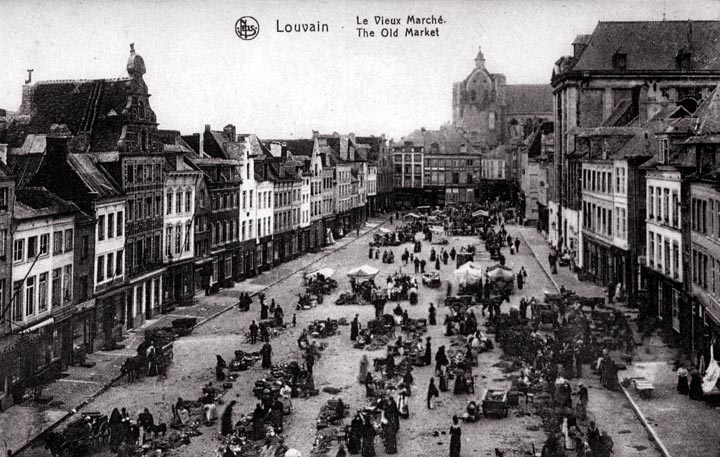Market SquaresAll but the last two chapters of this thread deal with squares in one form or another. We begin with this chapter that considers the form of the square that is most important to a city's commercial functioning - the market square. While today many cities in the USA no longer have principal market squares, few cities in Europe lack a recognized, central market square. Markets may no longer be held every day, but in most cases they are held at least once a week. The importance of markets to a city's social relations is widely recognized. In quite a few cities, sales in markets are given some form of advantage over other sales in order to sustain and encourage markets. Markets no longer comprise the principal locus of exchange in most cities in rich nations, due in large measure to the success of the shopping center and the big-box retail outlet, both forms that are highly dependent on cheap driving for their success. As drivers are required to pay the full cost of their driving, the economic effectiveness of dispersed shopping, away from the center of the city, will be reduced, and I think we can expect center-city shopping to enjoy a rebirth, even in the USA. In fact, recent downtown shopping areas (such as in San Diego) and farmers markets have been seeing a sudden resurgence. The market square may never regain its primacy, but its importance is likely to increase, and we are likely to see the establishment of central market squares in cities that have not known them for decades.
|
 Next City Design Home
E-mail |